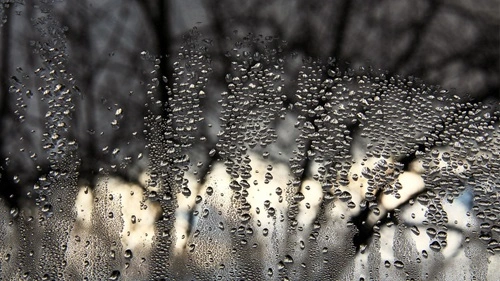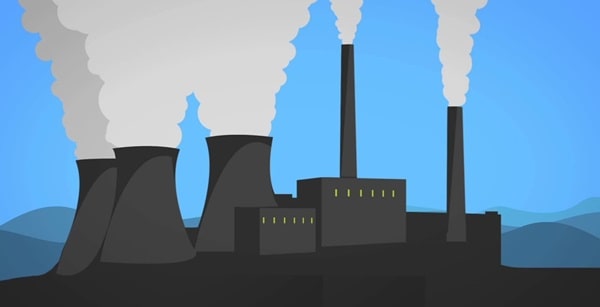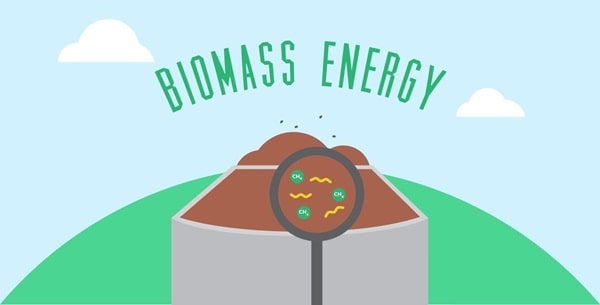Condensation is a natural process that occurs all around us, yet it often goes unnoticed in our daily lives. It plays a crucial role in weather patterns, environmental processes, and even the functioning of everyday appliances. Understanding the science behind condensation can enhance our appreciation of the world around us. Here are 10+ interesting facts about condensation that highlight its significance and mechanisms.

1. What Is Condensation?
Condensation is the process by which water vapor in the air transforms into liquid water. This transformation occurs when air cools and can no longer hold all its moisture, resulting in the formation of water droplets. Common examples include dew forming on grass in the morning or water droplets appearing on the outside of a cold glass.
2. It’s a Key Part of the Water Cycle
Condensation is an essential step in the Earth’s water cycle. Water evaporates from oceans, lakes, and rivers, entering the atmosphere as vapor. When this water vapor cools, it condenses to form clouds. Eventually, these clouds release the condensed water as precipitation, such as rain or snow, which returns to the surface, continuing the cycle. This process is vital for maintaining the Earth’s ecosystems and replenishing freshwater sources.
3. The Role of Temperature and Pressure
The temperature and pressure of the air significantly influence the condensation process. When warm air rises, it cools as it expands in lower-pressure environments. As the air cools, its capacity to hold moisture decreases, leading to condensation. This is why condensation often occurs at higher altitudes, where temperatures are lower, contributing to cloud formation.
4. Dew Point and Condensation
The dew point is the temperature at which air becomes saturated with moisture and condensation occurs. When the air temperature drops to the dew point, water vapor condenses into liquid water. For example, if the dew point is 60°F, and the air temperature drops to 60°F, dew will form. Understanding dew points is crucial in meteorology for predicting fog and dew formation.
5. Fog: A Result of Condensation
Fog is a common weather phenomenon that results from condensation. It occurs when water vapor in the air cools and condenses into tiny water droplets suspended in the atmosphere. This can happen when warm, moist air moves over cooler surfaces, causing the air temperature to drop. Fog can significantly reduce visibility, making it essential for drivers to exercise caution during foggy conditions.
6. Condensation in Appliances
Condensation is a key factor in the functioning of several household appliances. For example, refrigerators and air conditioners rely on condensation to cool the air inside. As warm air passes over the cold coils in these appliances, the moisture in the air condenses and drips into a collection pan. This process helps regulate temperature and humidity levels in our homes, keeping them comfortable.
7. The Science of Clouds
Clouds are formed through the process of condensation as water vapor rises into the atmosphere. As the vapor cools, it condenses around tiny particles, such as dust or pollen, forming droplets that cluster together to create clouds. Different types of clouds form based on temperature, humidity, and atmospheric conditions. For instance, cumulus clouds are fluffy and white, while stratus clouds are flat and gray, indicating varying weather conditions.
8. Condensation and Humidity
Humidity levels play a critical role in the condensation process. Relative humidity is a measure of how much moisture is in the air compared to the maximum amount the air can hold at a given temperature. When relative humidity reaches 100%, the air is saturated, leading to condensation. High humidity levels can contribute to the formation of dew, fog, and clouds, affecting weather patterns.
9. The Importance of Condensation in Nature
Condensation is vital for various natural processes, including plant growth and climate regulation. Dew that forms overnight provides moisture for plants, particularly in arid regions where rainfall may be scarce. Additionally, condensation plays a role in regulating temperature and moisture levels in the atmosphere, influencing weather systems and climate patterns.
10. Condensation and Indoor Air Quality
In homes, condensation can lead to issues with indoor air quality and structural integrity. When warm, humid air meets cold surfaces (like windows or walls), it can cause water to condense, creating an environment conducive to mold growth. Proper ventilation and humidity control are essential to prevent condensation-related problems, ensuring a healthy living environment.
11. The Impact of Climate Change
Climate change can influence condensation patterns and, consequently, weather systems. As global temperatures rise, the capacity of air to hold moisture increases, leading to more frequent and intense precipitation events. Changes in condensation patterns can affect ecosystems, agriculture, and water resources, highlighting the importance of understanding this phenomenon in the context of climate science.
12. Applications of Condensation in Technology
Condensation principles are utilized in various technologies, including distillation processes for purifying liquids and collecting water from humid air. Atmospheric water generators, for example, use condensation to extract water from the air, providing a sustainable solution in water-scarce regions. This technology demonstrates the practical applications of condensation beyond natural processes.
13. Condensation in Refrigeration
The refrigeration cycle relies heavily on condensation. In refrigerators, refrigerant gas is compressed and cooled, turning it into a liquid through condensation. This process absorbs heat from the interior of the fridge, keeping food and beverages cool. The understanding of condensation and its role in refrigeration is crucial for food safety and preservation.
14. Microclimates and Condensation
Condensation can create microclimates, localized areas with distinct weather conditions. For instance, areas near bodies of water may experience higher humidity levels, leading to increased condensation and fog formation. These microclimates can significantly influence local ecosystems, agriculture, and even urban planning, making it essential to understand their dynamics.
Condensation is an essential natural process that affects various aspects of our environment, technology, and daily lives. From the formation of clouds and fog to its role in refrigeration and climate regulation, understanding condensation enhances our appreciation of the world around us. These facts illustrate how a simple process can have profound implications for weather, ecosystems, and even human technology. The next time you see dew on the grass or fog enveloping a landscape, remember the fascinating science behind it!


